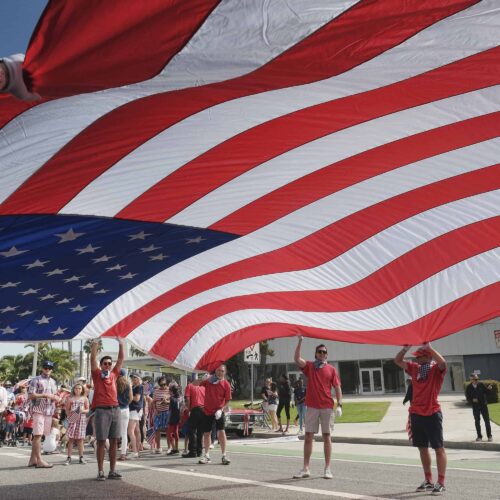Introduction
A veritable smorgasbord of organizations engage in political activities, and it can be tough to keep them straight. Here’s a menu detailing the differences among them:
Candidate committees — Anyone running for president or Congress has one of these. The candidate controls the funds. The funds come from individuals and political action committees (more on those in a second) and individuals. Contributions from corporations, labor unions and foreign nationals are banned. The current limit is $2,800 per election, or $5,600 counting primaries and the general election.
Political action committees — Traditional PACs are a way that businesses get around the corporate giving restriction to candidates. Employees of a particular company can make contributions of up to $5,000 to the PAC. And the PAC, often controlled by a corporate lobbyist, can make contributions to candidates of $5,000. There are other non-business PACs, too, such as “leadership PACs” sponsored by politicians, and those sponsored by labor unions and issue advocacy organizations.
Super PACs — These are political committees, made possible by the Supreme Court’s Citizens United v. Federal Election Commission decision and another lower court ruling, that can accept unlimited contributions from corporations, labor unions and individuals. Super PACs are independent, and they’re prohibited from coordinating most communications with a candidate committee, although some are run by close associates of the candidates they support. They are required to report the identity of their donors, but may accept money from “dark money” nonprofits, who aren’t themselves required to report their donors. The result: some super PACs use secret money to advocate for and against political candidates.
Hybrid PACs — A relatively new type of political committee may raise unlimited amounts of money to advocate for and against candidates like a super PAC — and at the same time collect limited amounts of cash to give directly to candidates. Hybrid PACs must maintain separate accounts for the two streams of money. But they also have the benefit of employing one set of staffers to handle both functions.
Social welfare nonprofits, a.k.a. 501(c)(4)s — These are the vehicle of choice for so-called “dark money” groups. Like super PACs, they can collect unlimited contributions from most any source, but unlike super PACs, they are not required to disclose their donors. The IRS says politics cannot be the primary purpose of these nonprofit groups but that rule is rarely if ever enforced.
Business leagues, a.k.a. 501(c)(6)s — These are typically trade-related nonprofit organizations, such as the U.S. Chamber of Commerce, that can act in essentially the same way as social welfare groups but aren’t quite as common for political “dark money” purposes.
Charities, etc., a.k.a. 501(c)(3)s — This the designation the Internal Revenue Service uses for charities, hospitals, universities and educational groups and is the most restrictive when it comes to political activities. Some small amount of lobbying is allowed, but spending on behalf of a candidate is absolutely against the law. Such groups must fulfill some sort of charitable or educational purpose to keep their tax status. Congress is, however, debating whether to repeal the Johnson Amendment — an action that would free 501(c)(3) nonprofits, including churches and other religious organizations, to engage in politics to a much greater degree.
There are other groups that partake in political activities, but these above are the main players.
Read more in Money and Democracy
Money and Democracy
High-profile charities distance themselves from telemarketer following federal allegations
InfoCision agreed to pay $250,000 to settle complaint of ‘false and misleading’ tactics.
Money and Democracy
Telemarketer for conservative causes pays $250,000 fine
Pro-Trump groups, Carson presidential campaign among InfoCision’s clients



Join the conversation
Show Comments